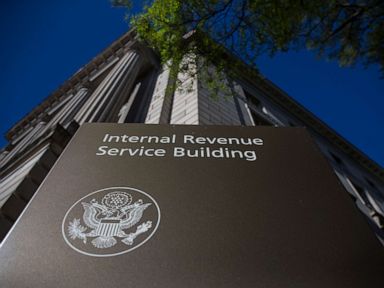
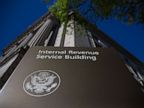

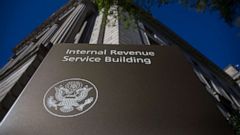
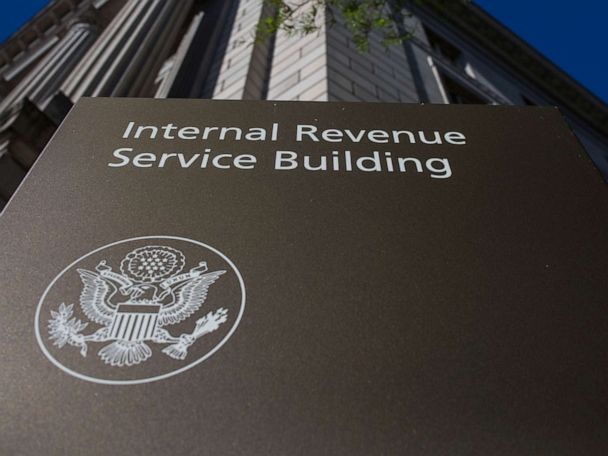
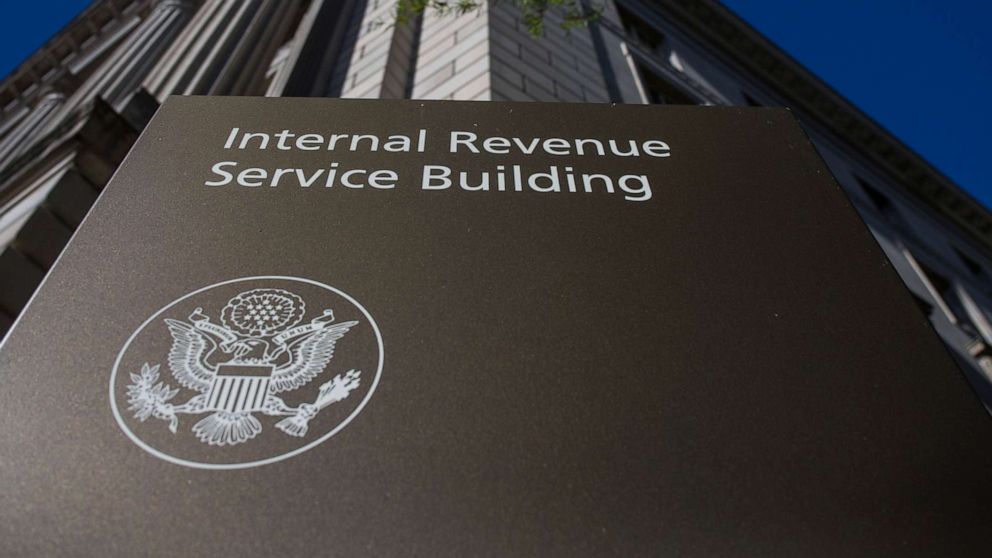
More than 80 million Americans can expect to receive emergency coronavirus relief payments direct deposited into their bank accounts this week, according to the Treasury Department. But as the payments roll out, many of those eligible to receive them are encountering problems ranging from persistent error messages on the new online payment tracking tool to money deposited into the wrong account. There are also reports of payments going to people who are deceased.
Bryan Leeds of Waterford Works, New Jersey, was looking forward to his payment to help his mother, who is a widow, pay her rent and bills. He received a tax return in January via direct deposit and was expecting to see his payment in his account. When he checked the IRS’s “Get My Payment” tool to track his money, it showed that the funds were sent to an account number that was one digit off.
“They messed up one digit and it was the last digit and I was confused because they have my direct deposit information. So how could they screw that up, for lack of a better term?” Leeds said.
A cornerstone feature of the $2 trillion emergency relief package passed by Congress in March, the direct payments to Americans will be a lifeline to those who are out of work or struggling to make ends meet as the economy contracts. Individuals making $75,000 or less and couples making $150,000 or less are eligible to receive $1,200. Individuals and couples in those income brackets also are eligible for $500 for each child 17 or younger.
The payments are smaller for individuals making up to $99,000 and couples making up to $198,000. Americans making more than that will not receive a payment.
According to the IRS, those who filed 2018 or 2019 tax returns and provided direct deposit information would automatically receive the payments in their bank accounts. But that has not been the case for everyone, like Leeds.
“I tried calling my bank. The bank said that the account ending in 1-4-2-9 doesn’t even actually exist in their bank,” Leeds said.
He then attempted to call any phone number he could find for the Treasury Department or the IRS to get help, but none of the lines were accepting calls.
“I don’t know how you just send out $1,200 to random bank accounts and not verify that they’re actually real. And I’m not working so it’s like, I’ll keep trying to call,” Leeds said. “It just seems like a bunch of empty promises.”
The “Get My Payment” tool rolled out Wednesday and was designed to allow people to track the status of their payment and submit their direct deposit information to the IRS if they haven’t in the past, in order to avoid waiting for a paper check to arrive in the mail.
However, the portal struggled on the first day to deal with traffic, often displaying a “please wait” message for minutes before allowing visitors to access the initial form. After entering their personal information, including their social security number, users were often met with the following message: “Payment Status is Not Available.” The phrase was trending on Twitter Wednesday afternoon as frustrated users vented about their experience.
The IRS denied there were any issues with the user experience. The agency did urge taxpayers in a statement to limit themselves to checking the tool once per day due to high volume.
“IRS is actively monitoring site volume; if site volume gets too high, users are sent to an online ‘waiting room’ for a brief wait until space becomes available, much like private sector online sites,” the agency said in a statement.
The statement said 6.2 million taxpayers had received their status via the tool, and another 1.1 million successfully provided their banking information.
To help taxpayers like Leeds, whose payments have gone to the wrong account, the IRS plans to mail a letter to the most recent address on file for each recipient 15 days after the payment is sent, which “will provide information on how the payment was made and how to report any failure to receive the payment,” according to the IRS website.
In addition to erroneous account numbers, closed accounts are proving to be a problem.
A full-time student, Mikel Thomas of College Station, Texas, closed the account he used to receive his 2018 tax return, so when he heard about the stimulus checks in March, he made sure to file his 2019 taxes right away.
On April 12, Thomas received his 2019 refund from the IRS via direct deposit to his new and active account. He said he thought to himself, ‘’Cool, they have my new stuff. Everything is good.”
But Wednesday morning, the stimulus payment was not in his new account. He checked the status of his payment and discovered it was routed to his old, closed account.
“The thing that doesn’t make sense is, again, the fact they just used my new account information,” Thomas said. “Why would you use the old information and not check the new one to see if it’s changed? I don’t understand that.”
Thomas said he was depending on the check to pay his rent.
“But now if I have to wait til May. I don’t know what’s going to happen,” he said.
JP Morgan Chase told ABC News the bank has received payments for customers whose accounts are no longer open. In the event an account is closed and a new one can’t be located, the bank has been sending the funds back to Treasury.
According to the IRS, those payments will be sent as checks by mail to the recipients.
Others are reporting receiving payments for relatives who are deceased. Since the IRS is relying on taxpayer data that is up to two years old, it is inevitable the system will send payments to some Americans who have since died.
Rep. Thomas Massie, R.-Ky., tweeted a message from a friend who told him his father received a stimulus check.
“He died in… 2018,” the friend said in a text message.
Massie drew criticism last month when he used procedural maneuvers to force many members of Congress to travel to Washington to pass the $2 trillion relief bill, arguing that House members should have to vote on the record on the largest spending bill in history. Now, he says he’s concerned about oversight of the funds.
“I understand the incentive to move quickly and I understand the stakes are high but I’m afraid nobody will go back and correct the mistakes that are made because it’s such a massive program,” Massie told ABC News. “I’m also concerned that even after these are sent out, if there are mistakes that are made, that these wont be audited, that there won’t be much diligence in terms of going back a year or two from now.”
Tune into ABC at 1 p.m. ET and ABC News Live at 4 p.m. ET every weekday for special coverage of the novel coronavirus with the full ABC News team, including the latest news, context and analysis.
At least one of the stimulus check mishaps seemed to be in the recipients’ favor: Charles Calvin of New Chicago, Indiana, a volunteer firefighter, said he was shocked to discover $8.2 million dollars in his checking account while using an ATM, according to Chicago-based WGN9. Calvin expected to receive $1,700 from the IRS. By the time he was able to speak with his bank Monday morning, the millions had disappeared and only the $1700 stimulus payment was there.
Calvin choose to look at the mistake in a positive light.
“You go from being a millionaire one second then back to being broke again. But hey, once you’re poor, you don’t have anywhere else to go but up.”
ABC News’ Taylor Dunn and Sophie Tatum contributed to this report.

